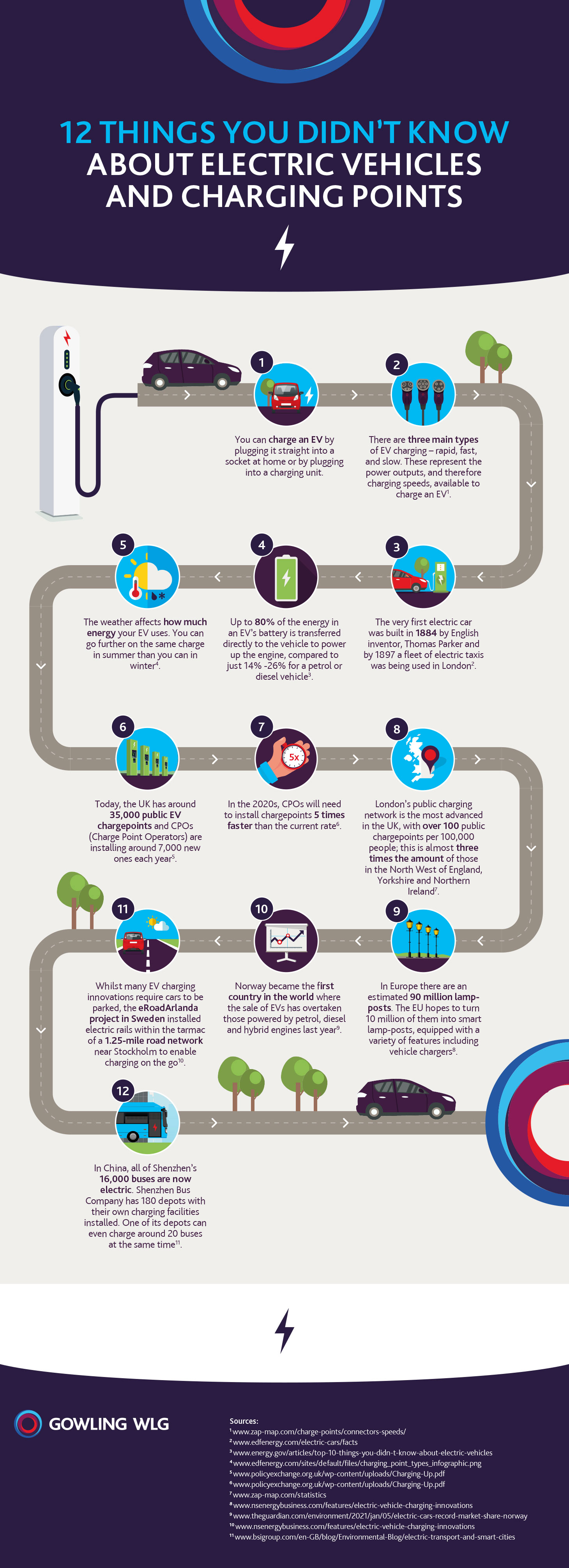Anurag (Ragi) Singh
Partner
Article
4
The significant shift in people's travel routines over the last 12 months will likely trigger long-term changes for many and our urban spaces will need to continue to develop into 'smart cities'. Electric vehicles and their charging points will form a significant part of this changing landscape.
As part of its commitment to end sales of new petrol and diesel cars by 2030, the UK Government has announced it will contribute £20 million in 2021/22 to fund the installation of on-street EV charging points. When it comes to the roll out of electric vehicles, you may be surprised to know that…

CECI NE CONSTITUE PAS UN AVIS JURIDIQUE. L'information qui est présentée dans le site Web sous quelque forme que ce soit est fournie à titre informatif uniquement. Elle ne constitue pas un avis juridique et ne devrait pas être interprétée comme tel. Aucun utilisateur ne devrait prendre ou négliger de prendre des décisions en se fiant uniquement à ces renseignements, ni ignorer les conseils juridiques d'un professionnel ou tarder à consulter un professionnel sur la base de ce qu'il a lu dans ce site Web. Les professionnels de Gowling WLG seront heureux de discuter avec l'utilisateur des différentes options possibles concernant certaines questions juridiques précises.